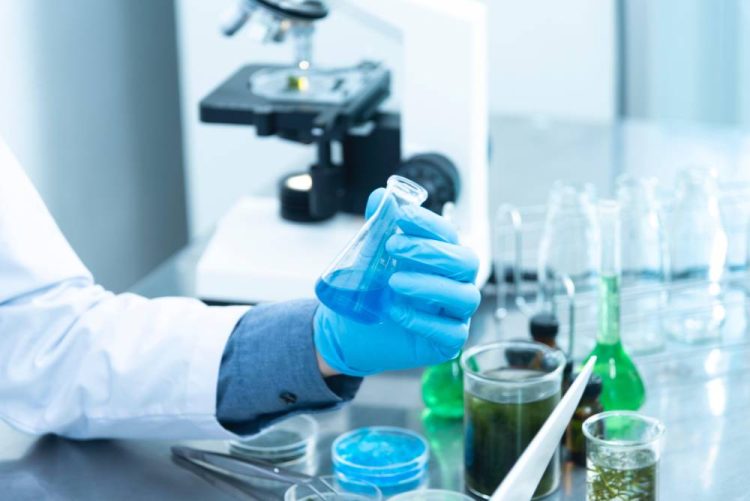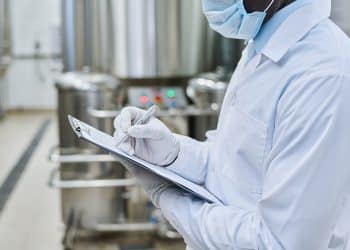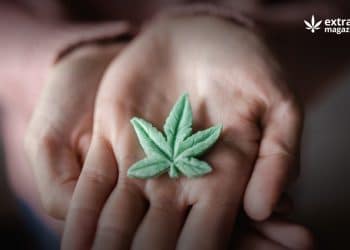Safety and Regulations Create a Stark Contrast for Cannabis Processing Laboratories.
There are two main differences between the types of labs that process cannabis products. These labs are either Class 1, Division 1 (C1D1) or Class 1, Division 2 (C1D2). Though their names are similar, they represent a distinct difference in function, service, safety and cost.
What is the difference between C1D1 and C1D2 Labs?
There are several subtle differences between these two types of labs, but ultimately it comes down to one key criteria: how are flammable or highly combustible chemicals being housed. In C1D1 labs, there are no extra safety precautions, and the essential chemicals may be used in normal operating conditions. In C1D2 labs, all of these chemicals must be used in closed containers or closed system. This means that, for the most part, C1D2 labs are assumed to be safer due to the fact that combustibles are only present outside closed systems if a leak has occurred, minimizing risks of accidents. While there is never a perfect system and mistakes are still possible, it is important for labs to include all required safety equipment in the event of an emergency.
Regulation of C1D1 vs. C1D2
Since the main criteria determining the difference between these labs focuses on exposure to various combustible chemicals, it falls under the umbrella of The Federal Occupation Safety and Health Administration (OSHA). OSHA has pushed for strict standards in all cannabis processing facilities, as they are products consumed by the public, meaning not only the workers’ safety is at stake. The problem is how do state, local, and municipal codes interpret these standards? C1D2 labs have less stringent requirements, so many fire codes hesitate to classify labs as C1D1, even though that may be the more appropriate determination.
Determining Whether a Lab is C1D1 or C1D2
In practice, this comes down to what kind of cannabis extraction the lab will be doing, and what kind of equipment is being used. Ethanol or Hydrocarbon extraction are common in both, but it depends on whether they are being done in pressurized or unpressurized containers. The same can be said for winterization, distillation, and crystallization procedures. Due to the varying degrees and needs of any given laboratory, there are multiple companies that have emerged to not only help labs get set up with all of their equipment need, but also with how to configure and organize the labs to meet their required safety standards. These differences are what creates a variation in price, as C1D1 labs require different equipment and configurations than C1D2 labs. Though accidents may be rare, the cost of insurance between the labs is also a factor in terms of determining the overall cost. The final price becomes a balancing act between services provided (and equipment or supplies needed to perform those services), regulations in your area determining your classification, safety equipment based on classification, and insurance costs to cover any potential accidents.












